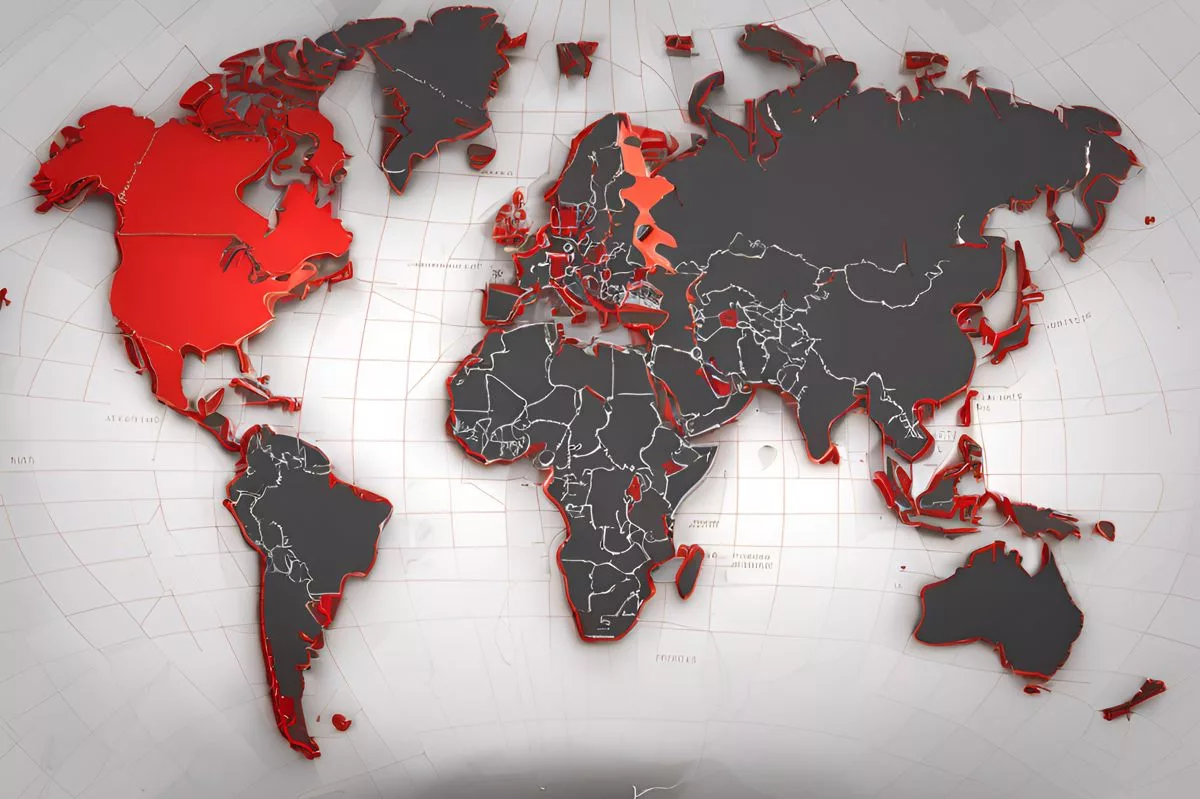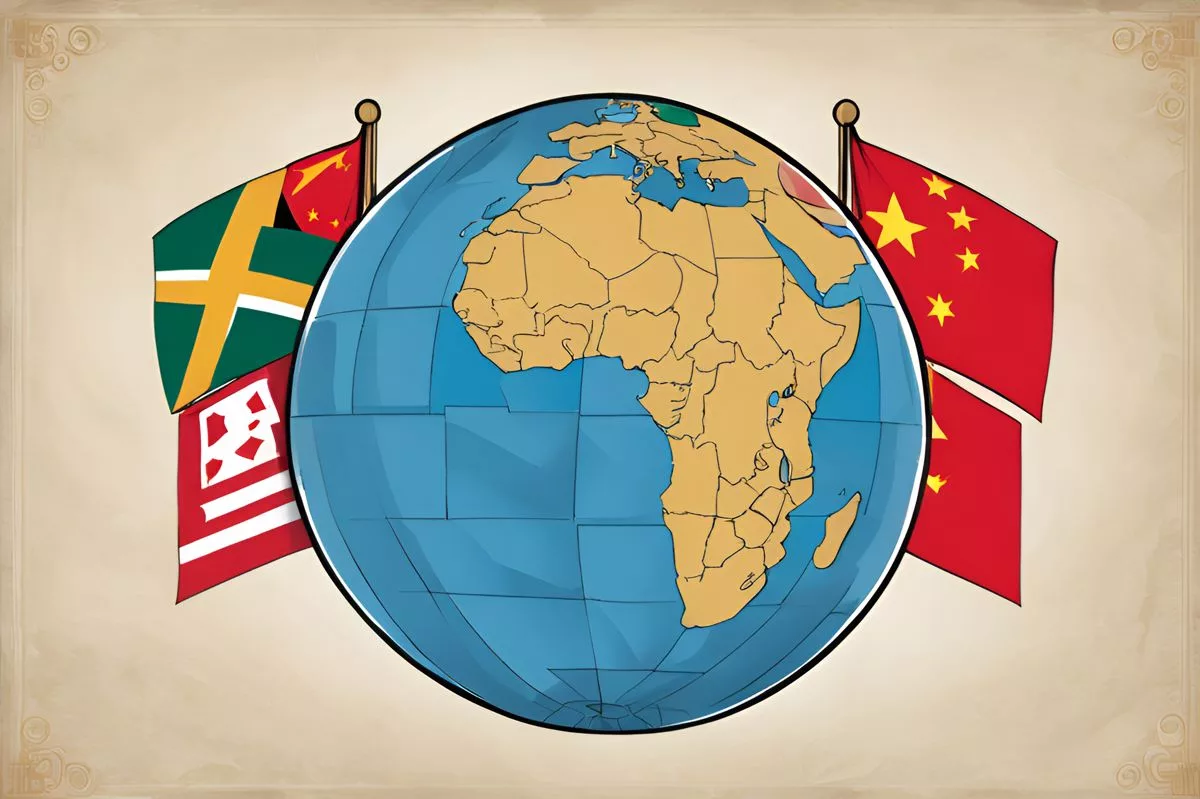Cape Town is facing conflict over increased electricity tariffs and meter meddling, particularly in the Lavender Hill enclave where negotiations between the city administration and the 7945 Community Action Group take place. The city’s commitment to stopping meter meddling has revealed tampered meters, potentially resulting in cost hikes for revealing actual electricity consumption. The city has established a dispute resolution mechanism for customers, and effective collaboration is needed to find sustainable solutions. This struggle reflects wider socio-political and economic complexities and highlights the need for government and citizen collaboration to tackle challenges faced by urban governance.
How is Cape Town dealing with increasing electricity tariffs and meter meddling?
Cape Town is grappling with a localized conflict over skyrocketing electricity charges and allegations of meter meddling. The Lavender Hill enclave is central to the dispute, with the city administration and the 7945 Community Action Group frequently engaging in negotiations. The city’s commitment to eradicating meter meddling has uncovered tampered meters, and their identification and rectification could result in cost hikes, revealing actual electricity consumption. The city has established a dispute resolution mechanism for customers who contest tampering investigations, and effective collaboration is needed to devise sustainable solutions.
Deep in the urban heartland of Cape Town, a struggle is brewing. The catalyst for this turmoil is a sudden increase in electricity tariffs and accusations of meter meddling. This localized conflict acts as a microcosm, reflecting wider socio-political and economic environments riddled with complexity, interconnectedness, and delicate subtleties.
The Battleground: Lavender Hill
Central to the dispute is the Lavender Hill enclave—where the city administration and the 7945 Community Action Group, an organization with noticeable political ties, frequently engage in negotiations. The discord involves a multiplicity of issues: skyrocketing electricity charges, alleged illicit meter meddling, and the city’s campaign to substitute suspect meters.
The city’s commitment to eradicate meter meddling has unearthed 75 tampered meters from a sample of 939. This sobering finding argues against some locals’ claims that the new replacements are the culprits behind increasing power costs. On the contrary, the city maintains that these new meters are merely recording devices and do not consume customers’ electricity. However, the identification and rectification of tampering or defective old meters could result in a cost hike, as it would reveal the actual, non-manipulated electricity consumption.
Eskom’s Influence and the City’s Response
An intriguing angle in this convoluted saga is the assertion that Eskom’s constant, debilitating electricity price hikes are causing a spike in tampering incidents. With an overwhelming 75% of the city’s electricity tariff income going directly to Eskom, any price escalation by Eskom significantly affects the city’s fiscal wellbeing.
Furthermore, the city is grappling with rising electricity costs due to unauthorized, limitless electricity consumption without adequate compensation. Despite repeated reminders to residents about available support via Free Basic Electricity grants and the Lifeline tariff, the ongoing loss of income from electricity theft is becoming untenable for a city whose revenue is struggling to cover service provision.
Tampering with meters, while appearing to be a form of protest against rising costs, is an unlawful act with the potential to further boost tariffs if not addressed. The city’s actions in conducting routine checks on suspected faulty meters are legally supported and aimed at ensuring the reliability and fairness of power consumption.
The Road Ahead: Dispute Resolution and Collaboration
The city has established a detailed dispute resolution mechanism for customers who contest the results of tampering investigations. If a customer does not dispute within the given 21-day period, the charges are transferred onto the prepaid meter for collection. Notwithstanding this, the city remains committed to resolving any lingering queries past the deadline.
The city’s rising power costs can also be traced back to seasonal fluctuations in power usage. Households typically consume more electricity during the chillier winter months. Additionally, Eskom’s escalating power prices significantly shape the city’s tariffs, as a substantial portion of the city’s electricity revenue is channeled directly to Eskom.
The unfolding events highlight the need for effective collaboration between the government and the citizenry to devise sustainable solutions. To preserve the city’s financial viability and continue providing essential services, it is crucial that residents and the city unite, especially in their stance against Eskom’s proposed additional 44% hike.
This intricate power struggle in Cape Town reflects the interrelated challenges faced by cities globally. As the city strives to resolve these issues, it stands as a beacon of the tenacity of its institutions and the enduring spirit of its inhabitants. It is a miniature snapshot of the hurdles and victories of urban governance, narrating a tale of resilience, ingenuity, adversity, and cooperation.
- What is the cause of conflict in Cape Town regarding electricity tariffs?
The conflict in Cape Town is due to increasing electricity tariffs and allegations of meter meddling, particularly in the Lavender Hill enclave.
- What has the city done to address meter meddling?
The city has established a campaign to eradicate meter meddling and has uncovered 75 tampered meters from a sample of 939. The city has also replaced suspect meters.
- What is the city’s dispute resolution mechanism for customers?
The city has established a dispute resolution mechanism for customers who contest tampering investigations. If a customer does not dispute within the given 21-day period, the charges are transferred onto the prepaid meter for collection. The city remains committed to resolving any lingering queries past the deadline.
- What is Eskom’s influence in the situation?
Eskom’s constant, debilitating electricity price hikes are causing a spike in tampering incidents. With an overwhelming 75% of the city’s electricity tariff income going directly to Eskom, any price escalation by Eskom significantly affects the city’s fiscal wellbeing.
- What is the importance of collaboration between government and citizenry?
Effective collaboration is needed between the government and the citizenry to devise sustainable solutions to the complex challenges faced by urban governance. It is crucial that residents and the city unite, especially in their stance against Eskom’s proposed additional 44% hike, to preserve the city’s financial viability and continue providing essential services.
- What does this conflict in Cape Town represent?
This conflict in Cape Town represents the interrelated challenges faced by cities globally and highlights the need for government and citizen collaboration to tackle these challenges. It is a miniature snapshot of the hurdles and victories of urban governance, narrating a tale of resilience, ingenuity, adversity, and cooperation.








